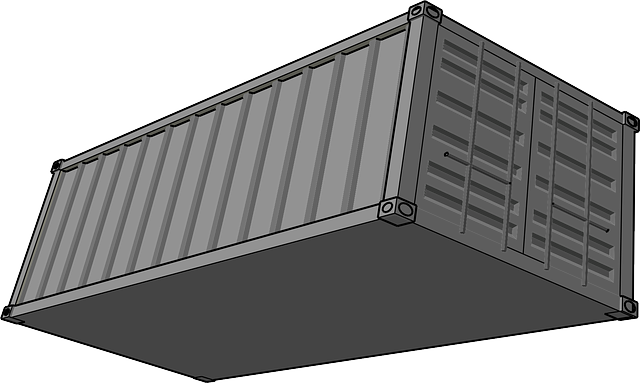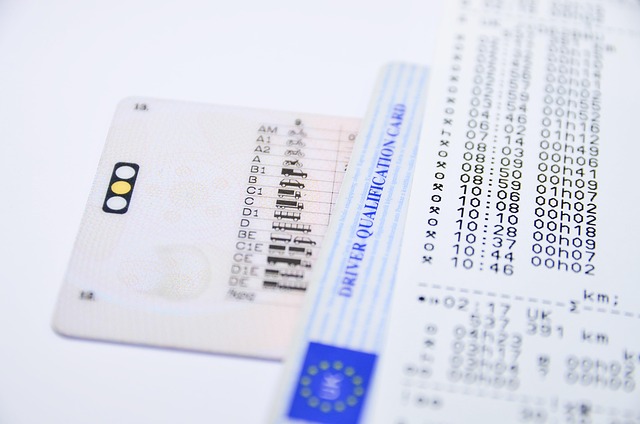Small fleet damage policies offer customized solutions for businesses managing diverse vehicles, addressing high usage rates, liability exposure, and unique hazards like off-road damage. These policies cover physical damage, liability, mechanical failures, natural disasters, and vandalism, with managers balancing premium costs against potential risks by understanding limits, deductibles, and exclusions. Key policy options include comprehensive, collision, and liability insurance, each catering to distinct loss scenarios. Effective management involves risk assessment, up-to-date data, strategic policy selection, flexible coverage, and proactive communication with insurers to ensure cost-effective protection for small fleet investments.
Navigating policy options for physical damage in small fleets can be a complex task. This comprehensive guide aims to demystify the process, offering insights into understanding specific small fleet damage policies, assessing unique risk and coverage needs, and selecting the right policy options. By exploring key benefits and implementing effective management strategies, businesses can ensure their investments are protected while staying within budget constraints. Dive into this essential overview for a successful policy selection journey.
Understanding Small Fleet Damage Policies: A Comprehensive Overview

Small fleet damage policies are designed to protect businesses operating multiple vehicles, offering tailored coverage for specific risks and needs. Unlike standard auto insurance, these policies cater to the unique challenges faced by fleet managers, addressing issues like high usage rates, diverse vehicle types, and potential liability exposure. A comprehensive small fleet damage policy should include provisions for physical damage, liability protection, and specialized coverages such as mechanical failures, natural disasters, and vandalism.
Understanding these policies involves delving into key components: limits and deductibles, coverage options, and exclusions. Fleet managers must balance the cost of premiums with the potential financial impact of accidents or damage, ensuring adequate protection while avoiding unnecessary expenses. By carefully reviewing policy details, businesses can make informed decisions, choosing the right coverage to navigate the complexities of operating a small fleet efficiently and securely.
Assessing Risk and Coverage Needs for Your Fleet

When assessing risk and coverage needs for your small fleet, understanding the specific risks associated with your operations is paramount. This involves evaluating factors like driving habits, vehicle usage, and the types of roads navigated. For instance, if your fleet frequently traverses construction zones or rough terrain, comprehensive insurance options that cover both collision and off-road damage may be necessary. Regularly reviewing driver records and maintaining up-to-date information on each vehicle’s condition is crucial for accurate risk assessment.
Small fleet damage policies should cater to these unique risks, balancing cost-effectiveness with adequate coverage. This means considering not just the replacement or repair costs of damaged vehicles but also potential legal liabilities arising from accidents. By thoroughly understanding your fleet’s specific needs and available policy options, you can tailor an insurance plan that offers comprehensive protection tailored to mitigate financial risks associated with physical damage.
Key Policy Options and Their Benefits: What to Look For

When it comes to protecting your small fleet from physical damage, several policy options are available that can offer tailored coverage based on your specific needs. Key policy options for small fleet damage include comprehensive, collision, and liability insurance. Each has distinct benefits and is designed to safeguard against different types of losses.
Comprehensive policies cover damages beyond accidents, such as theft, vandalism, and natural disasters. Collision insurance, as the name suggests, is tailored for accident-related damages, ensuring repairs or replacements without a deductible in many cases. Liability insurance protects against claims arising from accidents involving your fleet, shielding you from financial losses due to legal liabilities. When evaluating small fleet damage policies, look for flexible coverage options, reasonable deductibles, and responsive customer service to ensure optimal protection for your investment.
Strategies for Effective Policy Selection and Management

When selecting and managing small fleet damage policies, a strategic approach is paramount. Begin by evaluating your fleet’s unique risk profile, considering factors such as vehicle types, driving patterns, and geographic locations. This tailored assessment ensures that your chosen policies address specific vulnerabilities, aligning with cost-effectiveness goals. Implement robust management practices, including regular policy reviews and updates, to stay ahead of evolving risks and regulatory changes.
Leverage technology for efficient policy administration. Digital platforms offer real-time tracking, claims management, and data analytics, empowering you to monitor performance, identify trends, and make informed decisions. Foster open communication with your insurance providers, ensuring a collaborative relationship that promotes proactive risk mitigation strategies tailored to your small fleet’s needs.
When selecting a policy for your small fleet, it’s crucial to balance cost-effectiveness with comprehensive coverage. By thoroughly assessing your fleet’s unique risks and exploring key policy options like comprehensive versus collision, you can navigate the choices with confidence. Implementing effective management strategies ensures optimal protection against physical damage, safeguarding both your investment and your operations. Remember, a well-chosen small fleet damage policy is an essential step towards mitigating risks and promoting long-term success.
